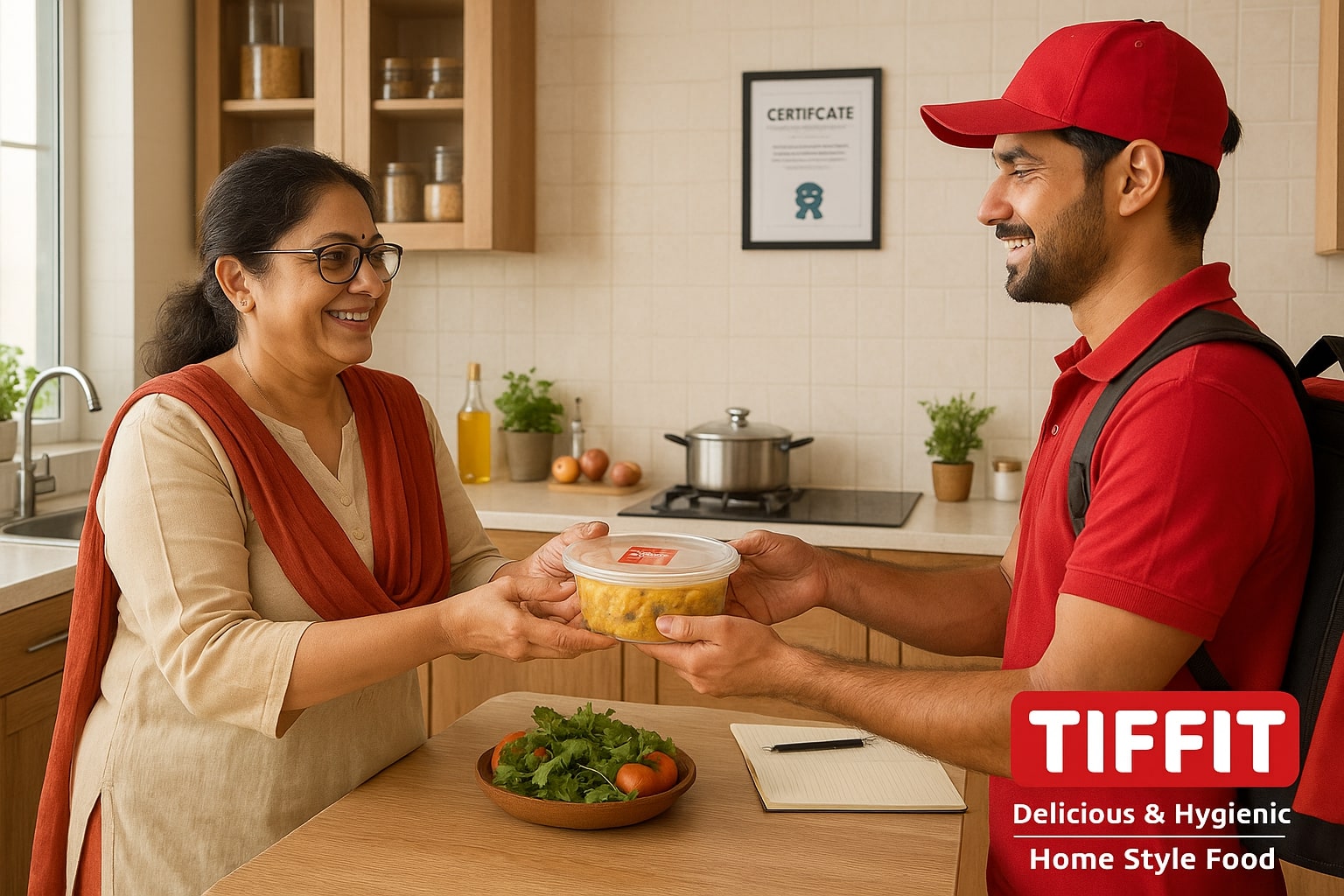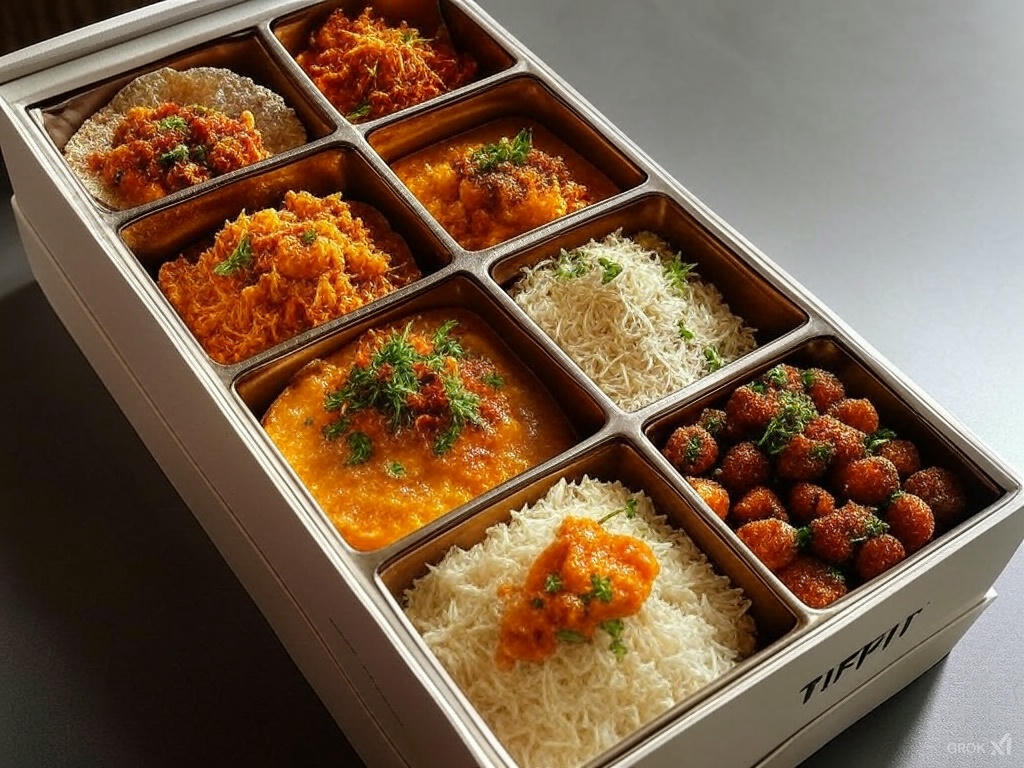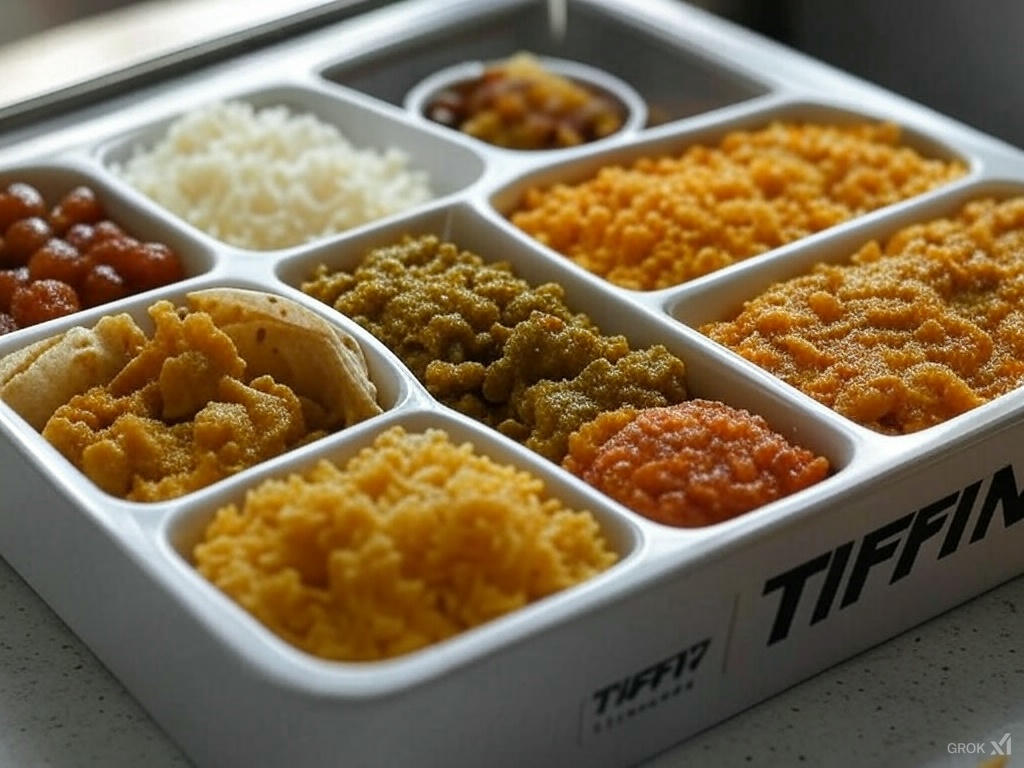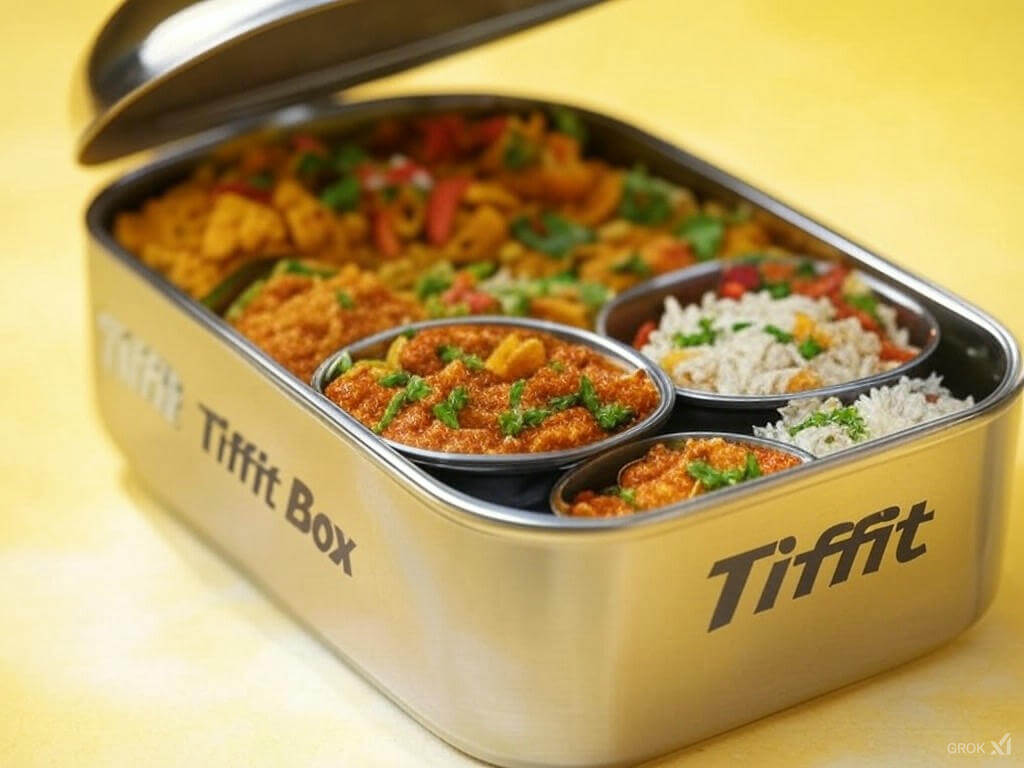Why Home-Cooked Food Delivery Is Booming in India
There’s been a quiet shift in how we think about food. Post-pandemic, more people in India began craving clean, trustworthy meals, not just food that fills, but food that feels familiar. The chaos of the last few years made many of us rethink our eating habits. Swiggy and Zomato might get you biryani in 30 minutes, but let’s face it: it rarely tastes like the kind your grandmother made.
The home chef movement emerged from this very longing. Whether it’s a working couple in Bengaluru, a student in Delhi, or an elderly couple in Pune, the demand for ghar ka khana has only grown. With the rise of platforms like Tiffit, home chefs now have a structured way to reach real customers who value clean, soulful meals over commercial shortcuts.
How Does a Tiffin Service Work?
A tiffin service is, in its simplest form, a home kitchen turned business. You cook what you’re good at, pack it hygienically, and deliver it to those who need it, mostly students, office-goers, or those who live alone and can’t cook daily.
We’ve seen a humble lady in Pune run a small Maharashtrian-style tiffin business for years. Every morning, she’d roll out hot phulkas, cook up some sabzi, and pack neat thalis that her husband would deliver on his scooter. That’s really how most home made tiffin services work, small, local, and deeply personal.
Platforms like Tiffit add scale to this model. Instead of texting twenty customers manually, you can list your menu once and get orders via app. Logistics, reach, and payment systems, all streamlined.
Choosing a Business Model That Fits
Solo Operator
This is how most home chefs begin, just one person (often a homemaker or retiree) cooking what they love. It’s low risk and ideal for exploring what works.
Family-Run Setup
If your siblings or spouse are game, this setup lets you increase capacity while still staying small and agile. One cooks, another packs, a third handles orders. It’s common in cities like Surat or Indore, where families turn cooking into a side hustle.
Micro Cloud Kitchen
Sounds fancy, but really it’s a slightly bigger model with more inventory and delivery volume. You might hire one helper, have a fixed menu, and operate at higher capacity. The upside? More income. The downside? More responsibility.
We’d say start small and grow gradually. Scaling up sounds glamorous, but it’s a lot of late-night prep and early-morning grocery runs. Trust us, we’ve watched friends burn out trying to scale too fast.
How to Start Home Cooked Food Delivery Service from Home
It all begins with your kitchen. You don’t need a commercial setup, just a clean, safe, FSSAI-compliant space.
Step 1: Apply for a basic FSSAI licence. This is mandatory. It tells your customers that your food is safe.
Step 2: Choose your menu. Don’t overcomplicate it. Two or three meal combos are enough to begin.
Step 3: Invest in good packaging, leak-proof containers, paper bags, food-safe labels.
Step 4: Pick your delivery method. Start with self-delivery or hyperlocal apps. Or better, partner with Tiffit.
Want to make it easier? Just register on Tiffit Partner Platform. They guide you through hygiene checks, kitchen onboarding, and customer discovery.
How to Start Tiffin Service Online
Taking your service online means two things: better reach and more efficiency. If you’re wondering how to start home cooked food delivery service online, the first step is to build visibility.
You can:
Set up a Google Business Profile for your kitchen
Promote on WhatsApp and Instagram
Or (and this is the easier route) join a specialised platform like Tiffit
Digital-first services allow people outside your friend circle to discover you. Students in a nearby society, a corporate team looking for daily lunches, these are customers you won’t find via word-of-mouth alone.
And let’s be honest: replying to 17 WhatsApp orders every morning isn’t sustainable. Tiffit helps you avoid that chaos.
How to Register Meal Delivery Service from Home
Let’s break it down:
Get FSSAI Registration: This is legally required. Costs around ₹100 to ₹1,000 per year.
Prepare Your Kitchen: Keep it clean, organised, and inspection-ready.
Create a Menu: Start small. Keep the recipes easy to replicate.
Set Pricing: Think in terms of daily or weekly plans. Keep options affordable.
Partner with a Platform: This is where Tiffit comes in. To simplify your launch, just register on Tiffit Partner Platform. It’s designed specifically for home chefs and takes care of delivery, payments, and customer access.
If you’re serious about taking your kitchen public, this is your first big step.
Challenges Home Chefs Commonly Face
It’s not all sunshine and samosas. Running a home food business has its fair share of hiccups:
Consistency: Cooking daily while managing home chores can feel overwhelming.
Packaging: Leaky containers and soggy rotis? Not a great first impression.
Delivery Delays: Unless you have reliable help or a delivery tie-up, this can frustrate your customers.
Scaling Problems: As orders increase, so does pressure. Without help, quality often drops.
Family Pushback: Not everyone sees this as a “real business” at first. It takes time to earn that support.
But here’s the thing: every successful home chef I know has faced these. What makes the difference is patience, planning, and a bit of trial and error.
Success Tips from Real Home Chefs
Let me share a few things I’ve picked up from those who’ve done this well:
Specialise: One chef we know only cooks Sindhi meals. Her kadhi-chawal is legendary. Niche menus work.
Plan Ahead: Chop veggies at night, prep the masalas over the weekend. Time saved is sanity saved.
Label Everything: Your kitchen isn’t a restaurant, but it needs that clarity.
Feedback Loop: Ask customers what worked and what didn’t. Don’t fear criticism.
Festive Menus Sell Big: During Rakhi, Diwali, or Holi, pre-order boxes fly off the shelves. Plan early.
Remember, this isn’t about being perfect. It’s about showing up consistently and letting your food speak for you.
When Passion Meets Purpose
Running a home chef business is like raising a plant, it needs care, attention, and time. But when the first message comes in, "Aunty, your aloo-pyaaz paratha reminded me of home", that’s when you’ll know why it’s worth it.
There’s no single formula. But there is a platform that makes the journey easier.
Join the Tiffit Partner Program today, and turn your kitchen into a source of income, impact, and pride.
Whether you’re doing it for financial freedom, passion, or both, just know this: someone out there is waiting for the food only you can make.













